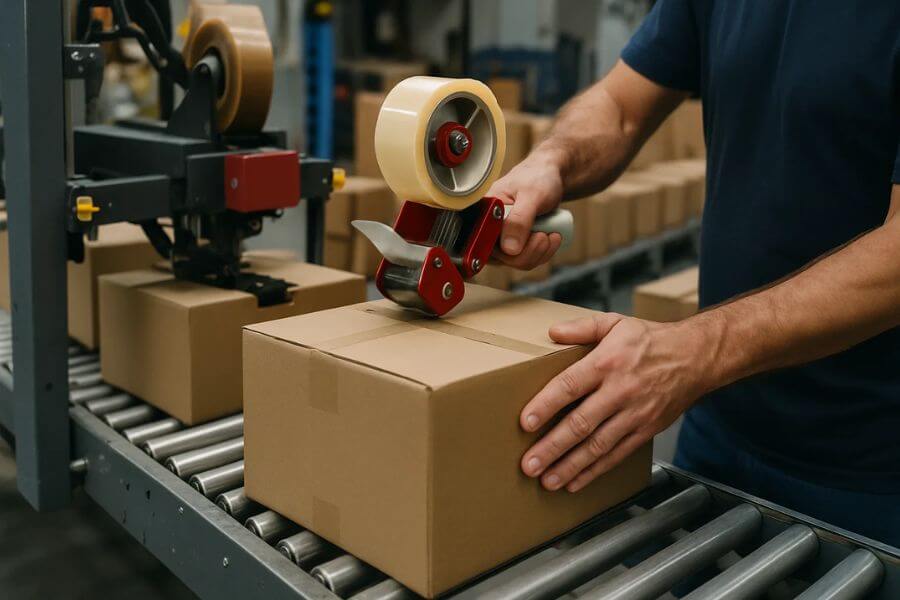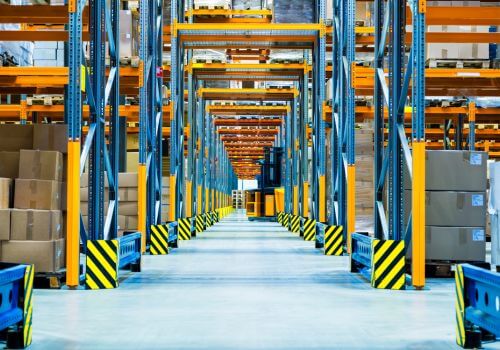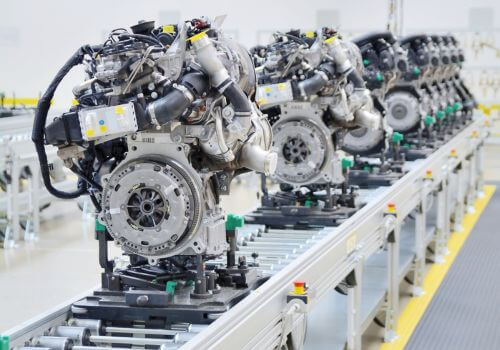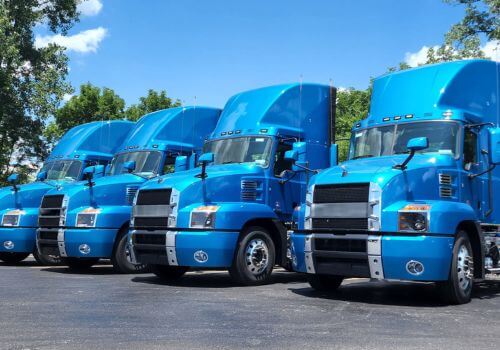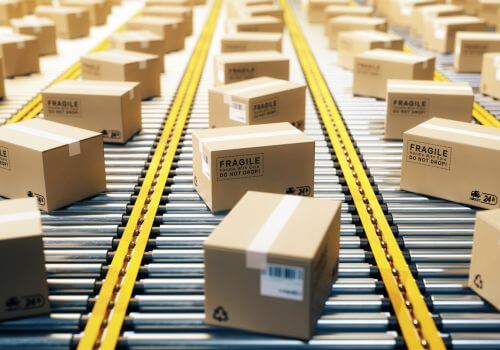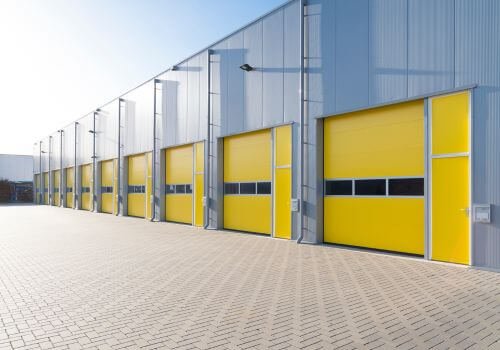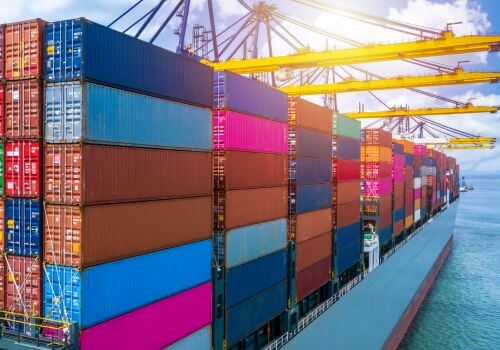In the ever-evolving world of logistics, efficiency is king. As supply chains grow more complex and shipping costs continue to rise, one often-overlooked solution is proving to be a major competitive advantage: cartonization.
Cartonization is much more than just picking a box and packing items. It’s a data-driven strategy that can dramatically reduce costs, boost operational efficiency, improve sustainability, and elevate the customer experience.
This comprehensive guide explores everything you need to know about cartonization, from the fundamental concepts to the advanced technologies and best practices that are reshaping the way logistics professionals approach packaging.
What is cartonization?
Cartonization is the process of determining the most suitable size, number, and type of cartons required to package a group of items efficiently for shipping or storage. Unlike basic box selection, cartonization is a calculated approach that analyzes product dimensions, weights, stacking tolerances, and compatibility to make smart packaging decisions.
This process plays a critical role in logistics operations, particularly in environments where thousands of orders need to be fulfilled daily. It reduces the reliance on human judgment and enables companies to minimize empty space within boxes, reduce material usage, and cut transportation costs driven by dimensional weight pricing.
Importantly, cartonization is not just a packing activity; it’s an optimization strategy. By treating packaging as a mathematical and logistical problem, cartonization transforms a seemingly mundane task into a powerful lever for profitability and sustainability.
What is the importance of cartonization in modern logistics?
The logistics landscape has undergone a seismic shift over the last decade. Global e-commerce growth, complex fulfillment networks, carrier pricing models based on dimensional weight, and the push for sustainable operations have all converged to make packaging a critical concern.
Cartonization directly addresses several of today’s most pressing logistics challenges:
Dimensional weight charges
Major carriers like UPS and FedEx calculate shipping rates based on dimensional weight, not just actual weight. A large box with a lightweight item still costs more to ship. Cartonization ensures that boxes are right-sized to avoid unnecessary dimensional fees.
Labor shortages
With labor in warehouses becoming more expensive and harder to find, optimizing pack station efficiency through cartonization minimizes decision-making time and speeds up throughput.
Sustainability goals
Cartonization supports environmental initiatives by minimizing waste, reducing the amount of filler material needed, and lowering emissions by reducing overall shipment volumes.
Enhanced customer expectations
Today’s customers are more sensitive to packaging. Oversized boxes or excessive filler create a poor unboxing experience and can even damage a brand’s reputation. Cartonization leads to smarter, cleaner, and more professional-looking packages.
In a world where logistics is both a cost center and a brand touchpoint, cartonization delivers measurable improvements on both fronts.
What are the key benefits of cartonization?
Cartonization offers a wide range of benefits across logistics, operations, finance, customer service, and sustainability initiatives. Let’s explore the key benefits in detail.
Cost reduction
Cartonization helps reduce direct shipping costs by avoiding overpacking and using the smallest, most efficient box possible. This reduces dimensional weight charges and lowers the overall shipping spend, especially critical for high-volume fulfillment operations.
Enhanced operational efficiency
When packing teams receive clear carton recommendations or automated packing instructions, the time spent selecting a box or repacking orders is eliminated. This boosts productivity and shortens fulfillment lead times.
Inventory and space optimization
By minimizing the number of box sizes used and selecting the most space-efficient option for each order, cartonization also reduces packaging material inventory and frees up valuable warehouse storage space.
Lower damage and return rates
By factoring in item fragility, orientation, and weight distribution, cartonization ensures products are packed securely, reducing the risk of breakage in transit and lowering return rates due to damage.
Better sustainability metrics
Smaller cartons mean fewer packaging materials, reduced filler usage, and more efficient transportation. This contributes directly to reduced carbon emissions and better alignment with sustainability targets.
Improved customer experience
Thoughtful packaging that avoids waste and overboxing provides a premium unboxing experience that reinforces trust and professionalism, especially in DTC and e-commerce sectors.
How does the cartonization process work?
Cartonization is typically executed in five stages, whether performed manually or using automation. Here’s how the process flows in a logistics environment:
Step 1: Product data collection
Step 2: Carton library management
Warehouses maintain a catalog of available cartons, with information such as internal dimensions, maximum weight capacity, material strength, and cost. A rich, well-managed carton library improves the algorithm’s ability to select the best-fit box for each order.
Step 3: Order profiling and item grouping
The system evaluates each order and determines how items can be grouped based on size, compatibility, shipping rules, and packing constraints. Items requiring separation (e.g., chemicals and food) are noted.
Step 4: Algorithmic carton selection
Cartonization software or WMS modules run optimization algorithms to determine which box(es) best suit the items. The goal is to use the least number of cartons, reduce dimensional weight, and ensure compliance with shipping requirements.
Step 5: Packing execution
The system then sends instructions to the pack station or automated packaging machine. In manual setups, workers use screens or printed packing slips. In automated systems, robots or on-demand box makers build and seal the right-sized carton automatically.
This five-step process turns cartonization into a repeatable, scalable workflow that reduces errors, speeds up packing, and drives measurable savings.
What is the difference between manual and automated cartonization?
Manual cartonization
Manual cartonization relies on packers selecting a box from available stock based on judgment or experience. While flexible, it’s inconsistent and inefficient in high-volume environments. Mistakes lead to overpacking, underpacking, and rework.
Limitations:
- Inconsistent box selection
- Higher training needs
- Slower throughput
- Greater room for human error
Automated cartonization
Automated cartonization uses software and hardware to determine the optimal carton and guide or execute packing. Some systems even build the perfect-sized box on the fly using automated box-making machines.
Advantages:
- High speed and accuracy
- Lower labor costs
- Seamless integration with WMS/OMS
- Custom rule sets for packaging compliance
Automated cartonization is essential for scaling efficiently in high-SKU, high-volume operations where every second and inch counts.
What are main technologies driving cartonization?
Modern cartonization is powered by several advanced technologies. These include:
WMS with cartonization modules
Leading warehouse management systems like Manhattan Associates, SAP EWM, and Oracle WMS offer integrated cartonization tools that calculate optimal packaging for every order.
Specialized cartonization software
Standalone solutions like Packsize, ProShip, and Logistyx provide cartonization as a core function with robust algorithms and 3D visualization. These are often integrated with WMS or ERP platforms.
Dimensioning systems
High-speed dimensioning machines like Cubiscan or METTLER TOLEDO automatically capture product measurements with extreme accuracy and feed them into the cartonization engine.
On-demand packaging machines
Automated systems like Packsize EM7 or CMC CartonWrap create right-sized boxes in real-time, reducing the need to maintain a large inventory of box sizes.
AI and machine learning
AI-powered cartonization tools learn from previous order patterns to predict better packing configurations, even when product mix changes frequently.
These technologies work together to streamline the packaging process and provide end-to-end visibility across the supply chain.
What are common challenges in cartonization?
Despite its benefits, cartonization does come with several operational and technical challenges.
Inaccurate or incomplete data
Many cartonization issues stem from incorrect product dimensions or weights, leading to misfit boxes and packing inefficiencies. Proper data hygiene is essential.
Limited carton size availability
A narrow carton library restricts the system’s ability to select the best fit. Expanding box variety helps but may add warehouse complexity.
Complex item constraints
Some items have special requirements (e.g., hazardous materials, perishables, fragile goods), complicating the grouping and packing logic.
Integration gaps
Standalone cartonization tools must integrate with WMS, OMS, TMS, and carrier platforms. Poor integration can break the flow of data and delay fulfillment.
Resistance to change
Shifting from manual to automated packing often meets resistance from staff or requires retraining. Change management is critical to success.
Anticipating and addressing these challenges during planning and implementation will improve ROI and adoption rates.
What are some best practices for effective cartonization?
To build a cartonization program that delivers real-world results, your business should consider the following best practices:
Maintain an optimized carton library
Periodically review carton usage data and add or eliminate sizes as needed. Group similar sizes into families to simplify inventory and stocking.
Use precise product data
Invest in automated dimensioning tools and ensure that all products have accurate and current metadata. Avoid using averages or estimates.
Establish custom packing rules
Define cartonization logic to handle exceptions: fragile items, do-not-stack rules, max weight per box, temperature-sensitive goods, and more.
Start small and scale gradually
Pilot cartonization with a specific product category or order type before rolling it out across your entire fulfillment network.
Train and align teams
Make sure packing teams, IT, warehouse managers, and procurement are aligned on how cartonization fits into the larger logistics strategy.
Cartonization in e-commerce and omnichannel fulfillment
Cartonization is a critical enabler in e-commerce and omnichannel fulfillment environments where SKUs are diverse, orders are unpredictable, and speed is essential.
In e-commerce:
- Cartonization reduces oversize charges from carriers.
- Enhances the customer’s perception of brand and care.
- Enables high-speed automated fulfillment for same-day and next-day delivery.
In omnichannel:
By embedding cartonization into the order fulfillment strategy, businesses can manage peak volumes, cut costs, and deliver a better overall experience.
Frequently asked questions about cartonization
Q1: How is cartonization different from box optimization?
A1. Cartonization is a broader process that includes determining the number, type, and size of boxes, whereas box optimization focuses on selecting the best box for a single set of items.
Q2: Can cartonization handle fragile or regulated items?
A2. Yes. Most cartonization tools include rules to separate incompatible items or enforce orientation, cushioning, and packaging requirements.
Q3: Is cartonization suitable for small operations?
A3. While more critical at scale, even small to mid-size warehouses benefit from basic cartonization logic to improve efficiency and reduce waste.
Q4: How does cartonization impact sustainability?
A4. It significantly reduces packaging waste, filler material usage, and carbon footprint by optimizing box size and reducing total shipments.
Q5: What data is most important for effective cartonization?
A5. Accurate product dimensions, weights, stacking limits, and packaging constraints are essential inputs for any cartonization system.
In summary, Cartonization in logistics is the intelligent process of determining the optimal number, size, and configuration of shipping cartons needed to pack a specific set of items based on product dimensions, weight, fragility, stacking rules, and carrier constraints to minimize packaging waste, reduce shipping costs, and improve fulfillment efficiency across the supply chain.

